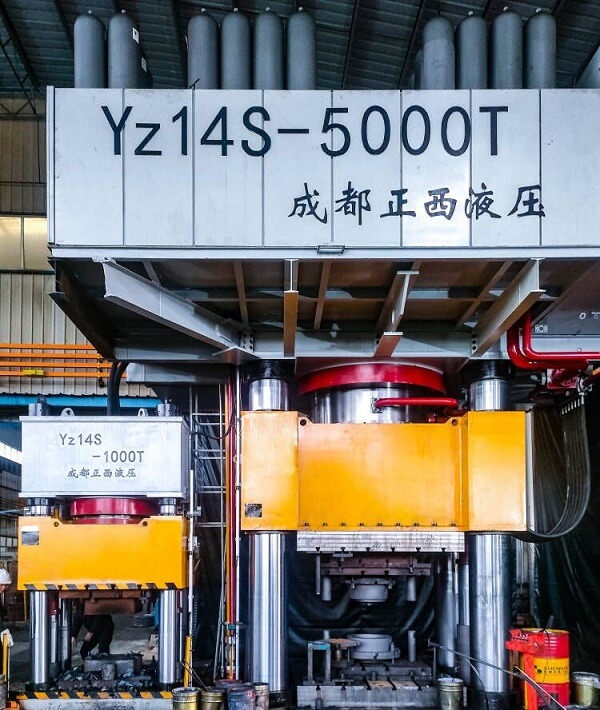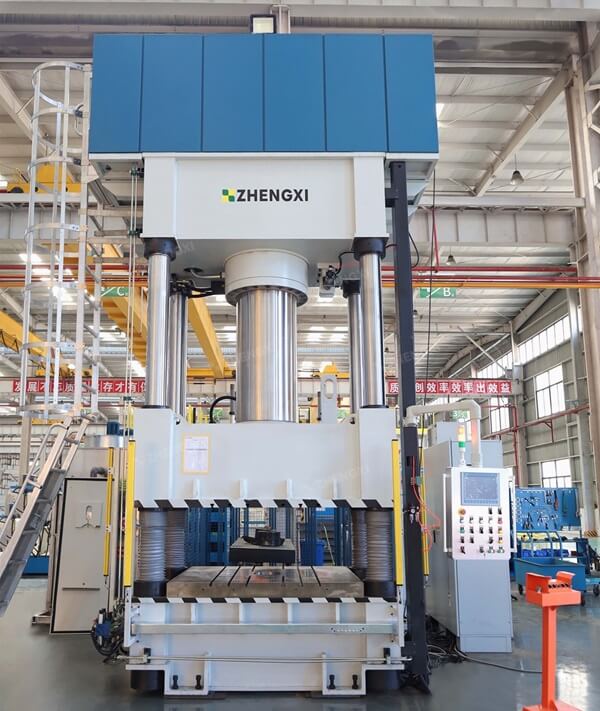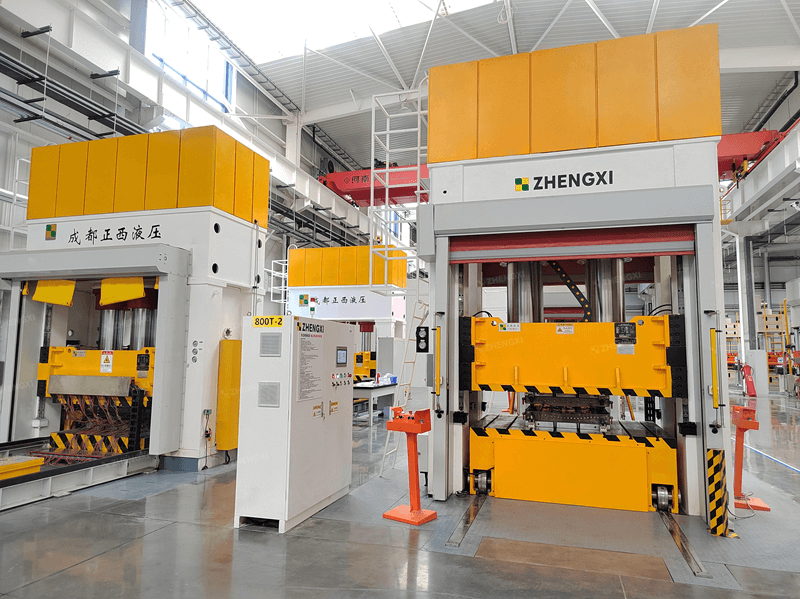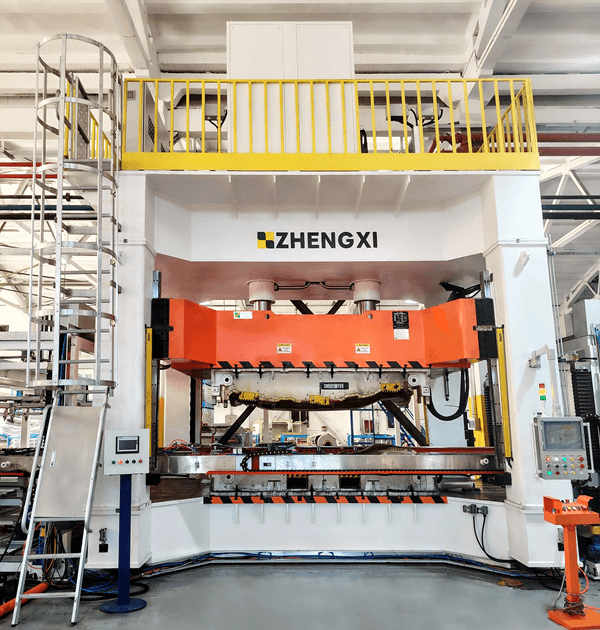With the development of industry and the advancement of hydraulic technology, hydraulic presses are more and more widely used in industrial production. Whether you are a manufacturer or a user, it is important to understand how to calculate hydraulic press tonnage.
As a professional hydraulic press factory, we will tell you how to calculate how much force a hydraulic press exerts and why it matters.
What is the Hydraulic Press Tonnage?
The tonnage of the hydraulic press machine is the tonnage of the hydraulic cylinder. It refers to the output force of the hydraulic cylinder under the rated working pressure. The unit is KN, and one ton is equal to 10KN.
How to Calculate Hydraulic Press Tonnage
To know the tonnage of the hydraulic cylinder, the first thing to know is the working pressure of the hydraulic system, the inner diameter of the hydraulic cylinder, and the outer diameter of the cylinder rod (needed when calculating the pulling force of the hydraulic cylinder).
Hydraulic press tonnage calculation formula
The thrust of the hydraulic cylinder (that is, the force that the hydraulic cylinder can produce) = the internal cross-sectional area of the hydraulic cylinder (or the cross-sectional area of the piston) × working pressure
The cross-sectional area of the cylinder (the cross-sectional area of the piston) = π* d^2/4 = π (3.14) × the square of the cross-sectional area of the piston ÷ 4
Working pressure: equal to the pressure displayed on the pressure gauge during the maximum load operation
For example:
If hydraulic cylinder inner diameter = 10cm, working pressure = 16MPa (160kgf)
First, calculate the cross-sectional area of the cylinder:
Cross-sectional area of hydraulic cylinder = 3.14×10×10÷4 = 78.5 cm²
Then calculate the thrust:
Thrust = 78.5 x 160 = 12560kg = 12.56 tons
Through the hydraulic press tonnage calculation formula, we can easily calculate the tonnage we want to buy or need. Avoid buying low-tonnage equipment at high prices.
At the same time, we can also calculate the working pressure of our own equipment through this formula, so as to avoid the overload operation of the equipment and improve the service life and performance of the hydraulic press.




